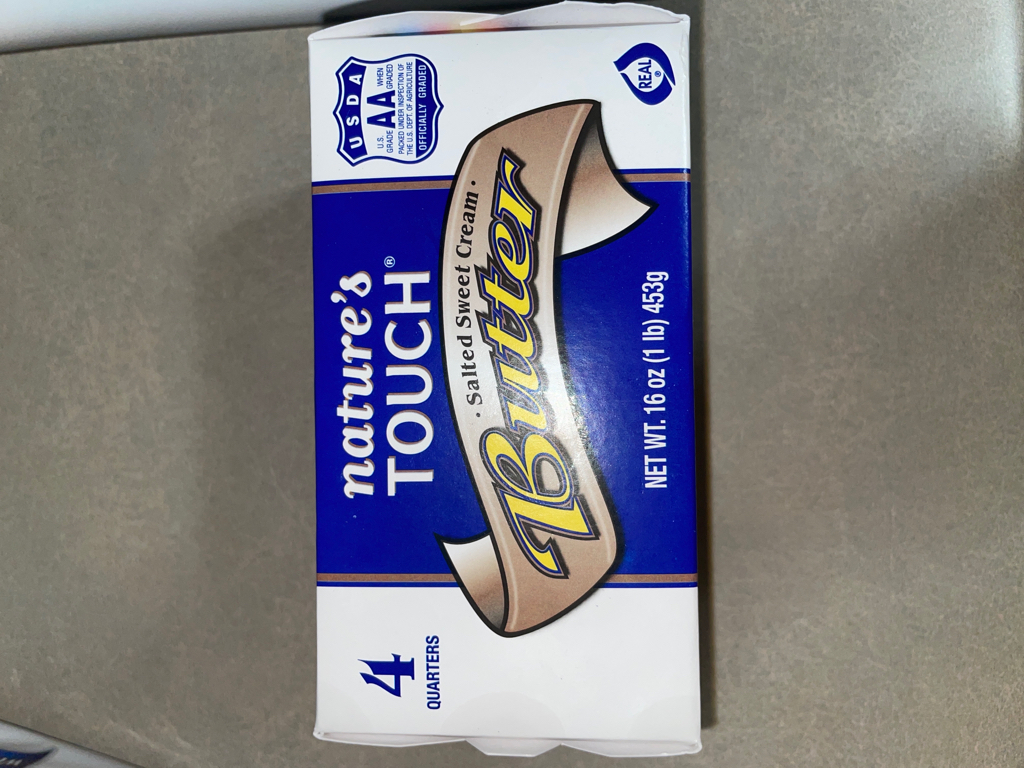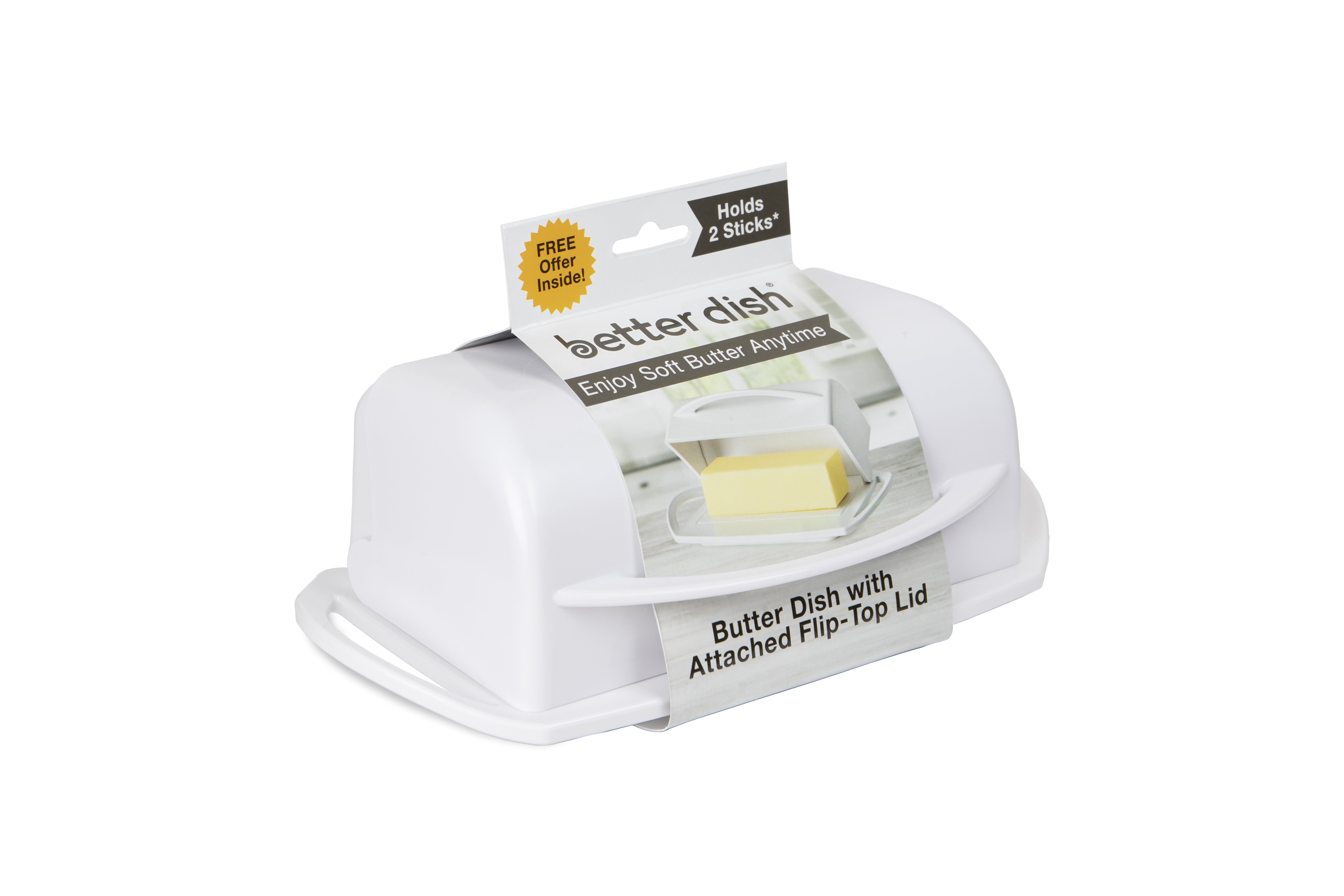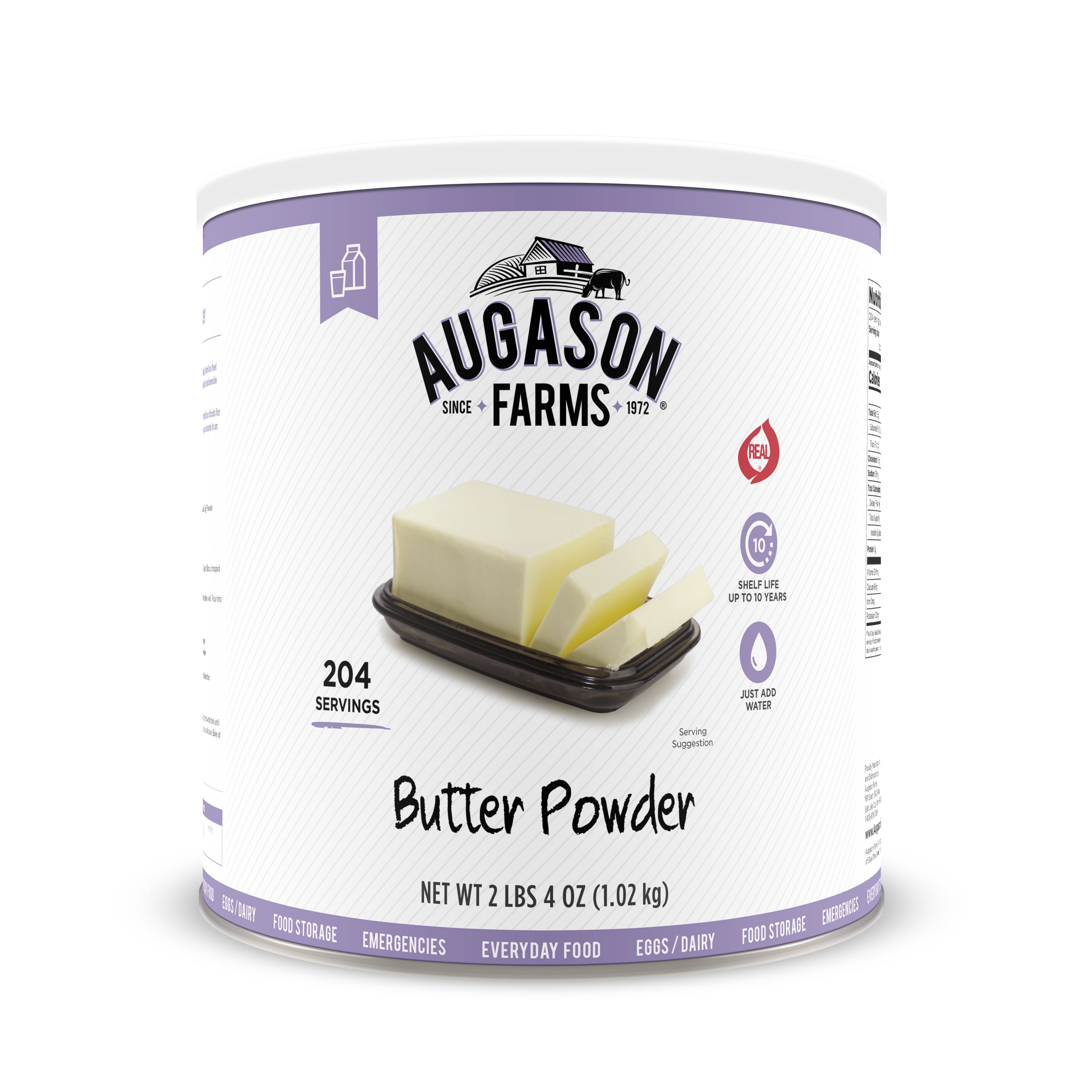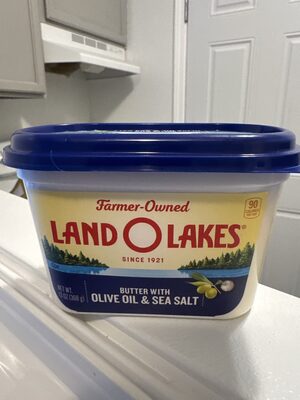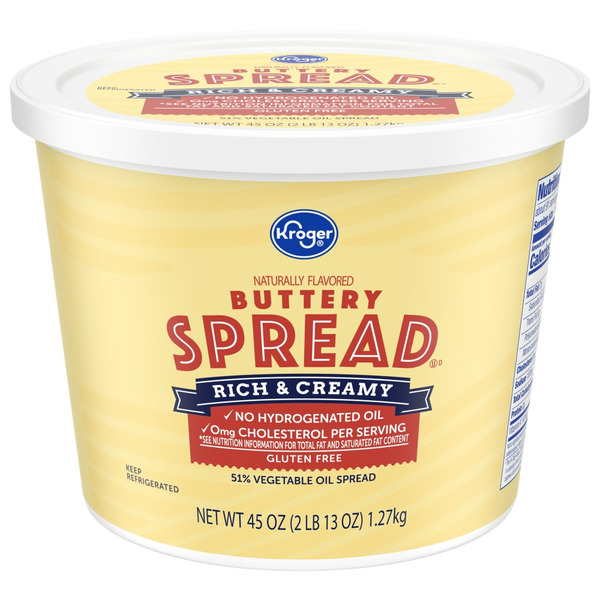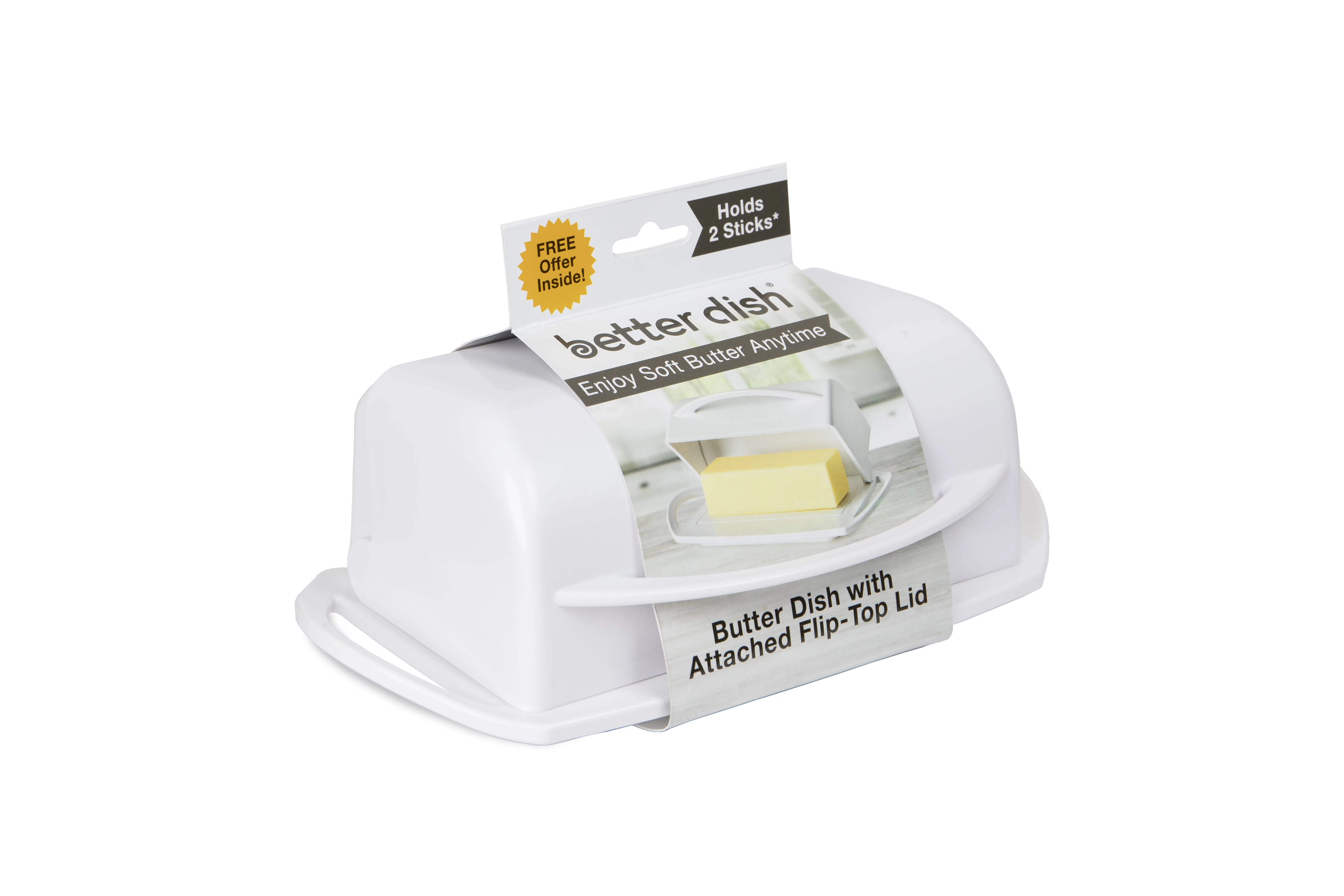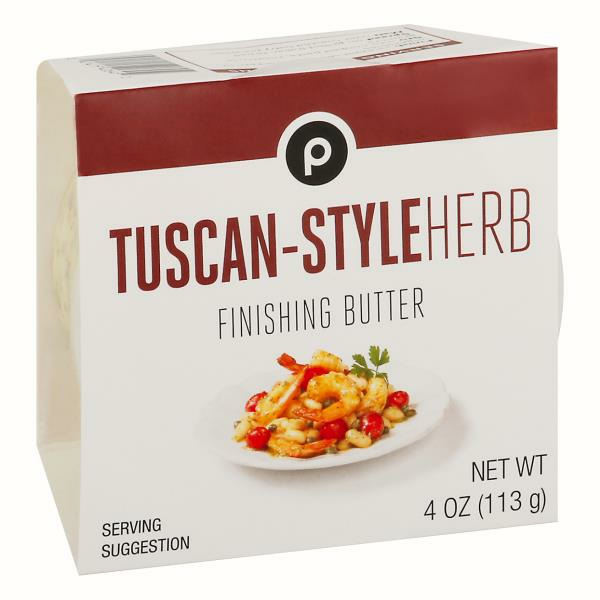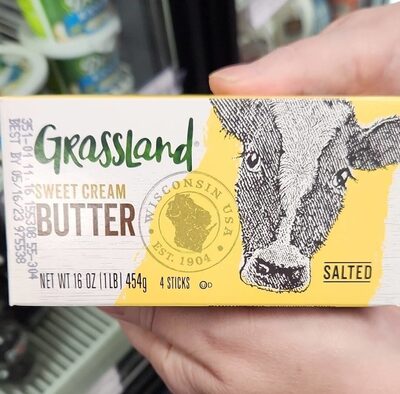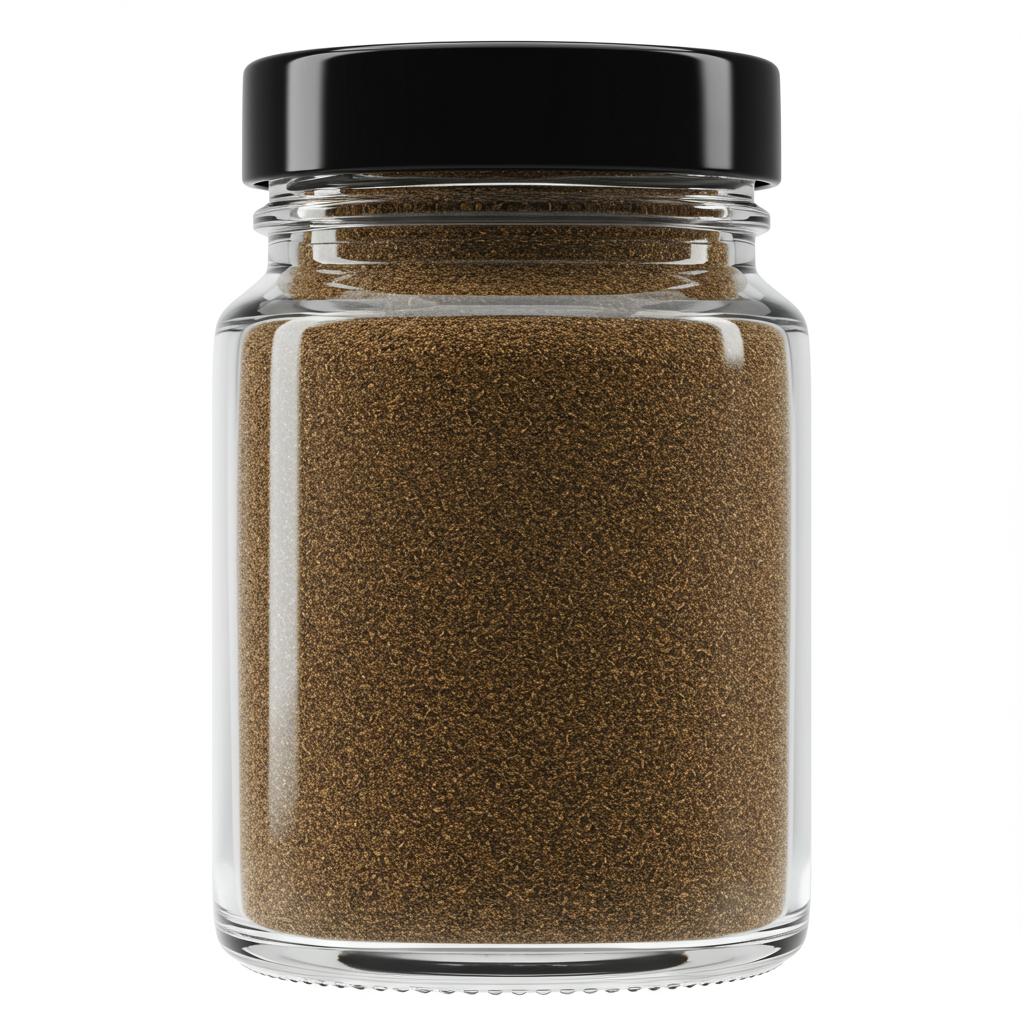DESSERTS
BREADS
BREAKFAST AND BRUNCH
Butter
Butter is a popular dairy product derived from the fat and protein components of milk or cream, typically from cows. The churning process, which involves agitating the cream, promotes the separation of butterfat and buttermilk, resulting in the formation of butter. Known for its rich flavor and versatility, butter is widely used in cooking, baking, and as a spread for bread and other baked goods.
Since ancient times, butter has been a staple in various culinary traditions worldwide. It is available in various forms, such as salted, unsalted, and cultured, catering to diverse tastes and recipes. A reliable source of vitamins A, D, and E, butter adds nutritional value and enhances the taste and texture of a range of dishes.
0%
CARBS
99%
FAT
1%
PROTEIN
1,872 Butter Products
Used In 3,406 Recipes
3
Crispy Cinnamon Sausage Roll-Ups
3
Creamy Cajun Chicken Fettuccine Alfredo
5
Quick & Creamy Indian Butter Chicken
6
Golden Garlic Butter Chicken
2
Garlic Lovers' Creamy Pasta Shells
3
Easy Creamy Mushroom and Spinach Tortellini
4
Lemon Rosemary Dream Chicken
6
Cheesy Philly-Style Beef Skillet
Butter Is Frequently Used With
Butter FAQ
Butter, as a rich and versatile ingredient, is one of the staples in many kitchens around the world. However, using it can raise several questions for novice cooks. The most common confusion lies in the type of butter to use, such as salted or unsalted, and in which cooking situations each type is most suitable. Additionally, the concern of how to melt, soften, or cream butter properly is often raised. Many people may not know that the temperature of butter can largely affect the outcome of recipes, especially in baking. When heated, butter can split into milk solids and fat, which is bad news if you want to keep your baked goods tender and light.
To get the most out of butter, remember that its quality matters. Always opt for high-quality butter as it can significantly elevate the taste of your dishes. Also, adjust the amount of salt in your recipe if you're using salted butter. If a recipe includes both butter and salt, you may want to reduce the amount of the latter to not overpower your dish with sodium. When it comes to baking, butter should be at room temperature unless otherwise stated.
In terms of kitchen hacks, freezing butter and then grating it can make the process of incorporating it into dry ingredients easier. Also, you can brown your butter to add a nutty depth to the flavor in your dishes. These are just a few tricks you can do to make cooking with butter interesting and more efficient.
What's the difference between salted and unsalted butter?
Can I use margarine instead of butter?
Does the quality of butter matter in recipes?
What is butter used for in cooking?
What does 'creaming butter' mean?
What does browned butter mean and where is it used?
Can I use butter straight from the fridge?
Why do we use butter in baking?
Can salted and unsalted butter be used interchangeably in recipes?
How to soften butter quickly?
Expiration & Storage Tips
When does butter expire?
Unopened butter can last in your refrigerator for about one to two months past the printed date on its packaging. Once opened, it's best to consume it within two weeks. However, different varieties of butter have varying expiration timeframes. For example, salted butter tends to last longer because salt acts as a preservative. Frozen butter can last up to a year, as freezing slows down the process of rancidity. It is crucial, though, to properly wrap the butter before freezing, to prevent it from absorbing other food odors.
How do you tell if butter is bad?
It's relatively easy to spot bad butter. The first thing to notice is a change in color. Fresh butter has a bright, creamy yellow hue, while old butter may appear pale or even slightly grey. The texture can also change over time, becoming hard and crumbly or unusually soft. You might also notice an off smell, indicating that the butter is rancid. This smell is often musty or moldy, drastically different from the pleasant, creamy scent of fresh butter. If the butter has a sour taste or if you spot mold, you should discard it.
Tips for storing butter to extend shelf life
• Always store butter in its original box to protect it.
• Wrap the butter tightly in aluminum foil or plastic wrap before freezing it to prevent it from absorbing flavors from other foods in your freezer.
• Store butter at the back of the fridge where the temperature is most consistent.
• For butter that you intend to use daily, consider storing a small amount at room temperature in a butter dish with a cover. This will ensure that the butter is always soft and spreadable but remember this butter should be used within a few days for optimal freshness.
• Always make sure your hands are clean before handling butter to prevent the introduction of any bacteria.
EXPIRES WITHIN
3 - 4
MONTHS
Equivalents
Substitutes

Ghee

Unsalted Whipped Butter

Whipped Butter

Butter Oil Blend Spread

Cooking Oil

Margarine

Olive Oil

Rapeseed Oil

Safflower Oil

Shortening
See All
Health Info
Macros
0g
CARBS
11g
FAT
0g
PROTEIN
Allowed on these diets
LOW FAT
HIGH CALCIUM
VEGETARIAN
KETO
PALEO
WHOLE 30
MEDITERRANEAN
LOW CARB
GLUTEN FREE
Contains these allergens
MILK

